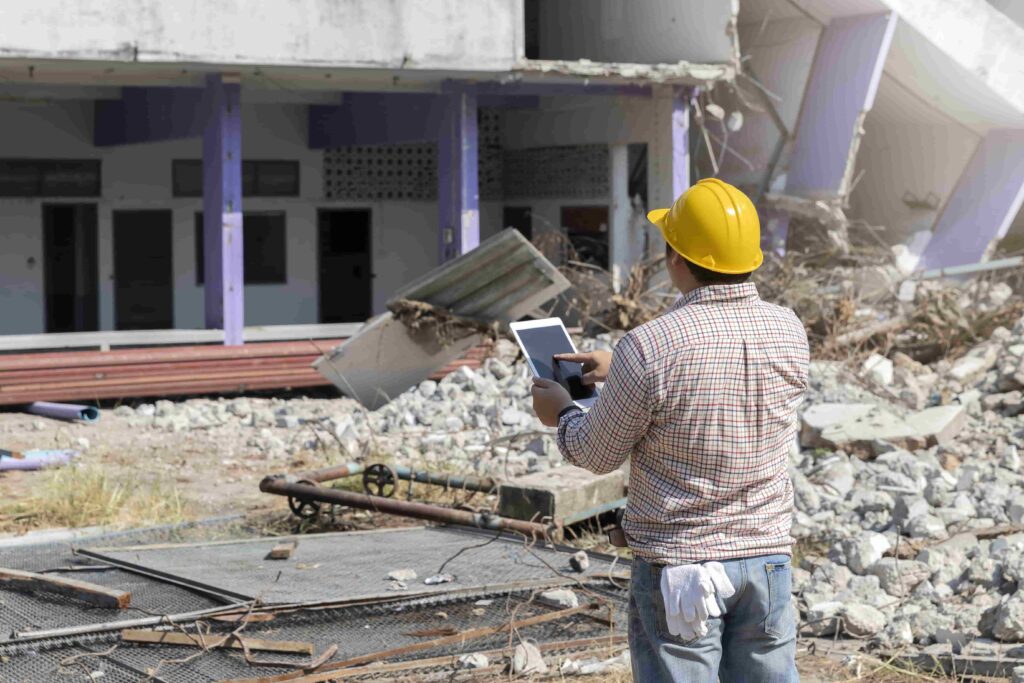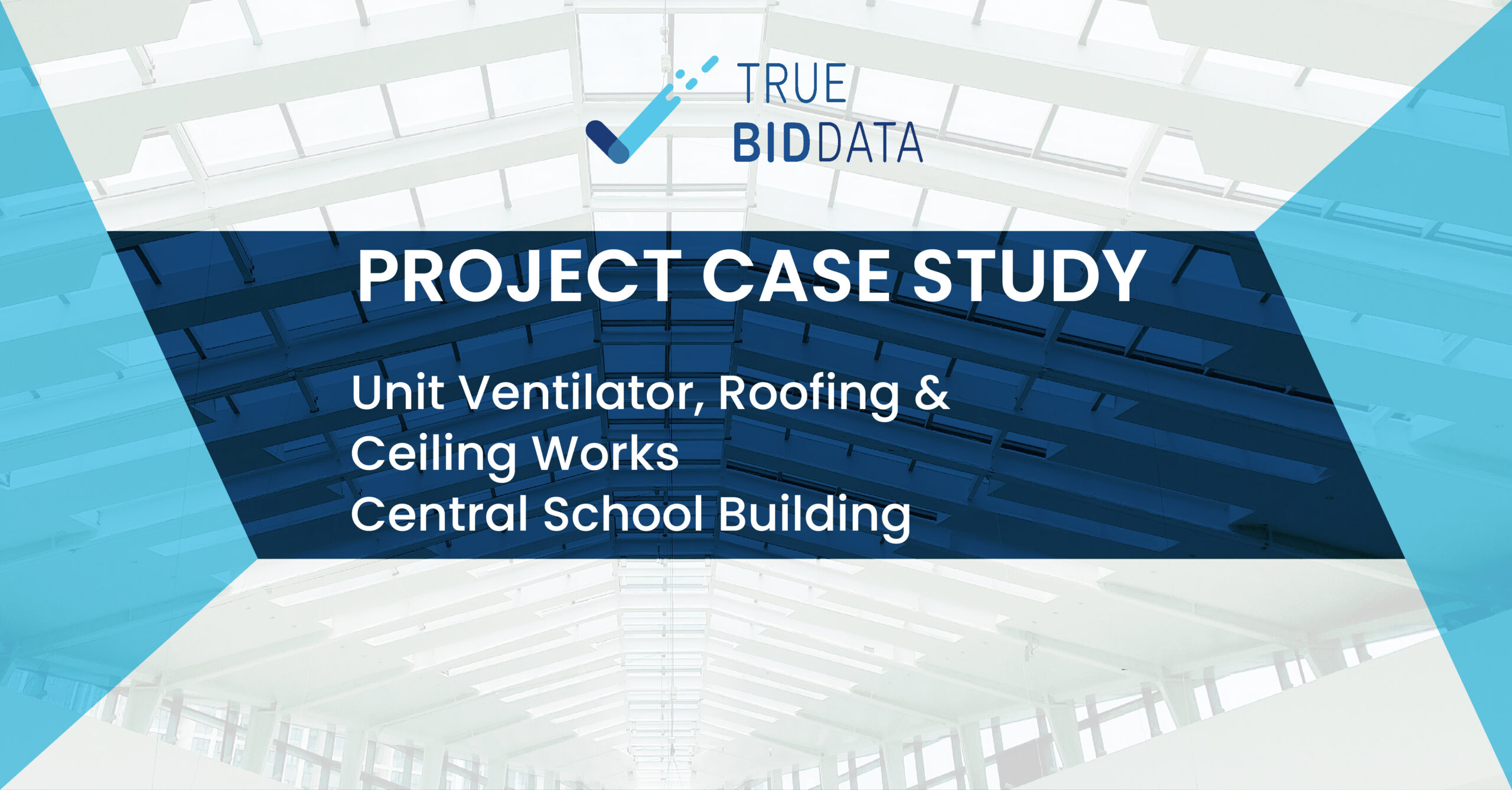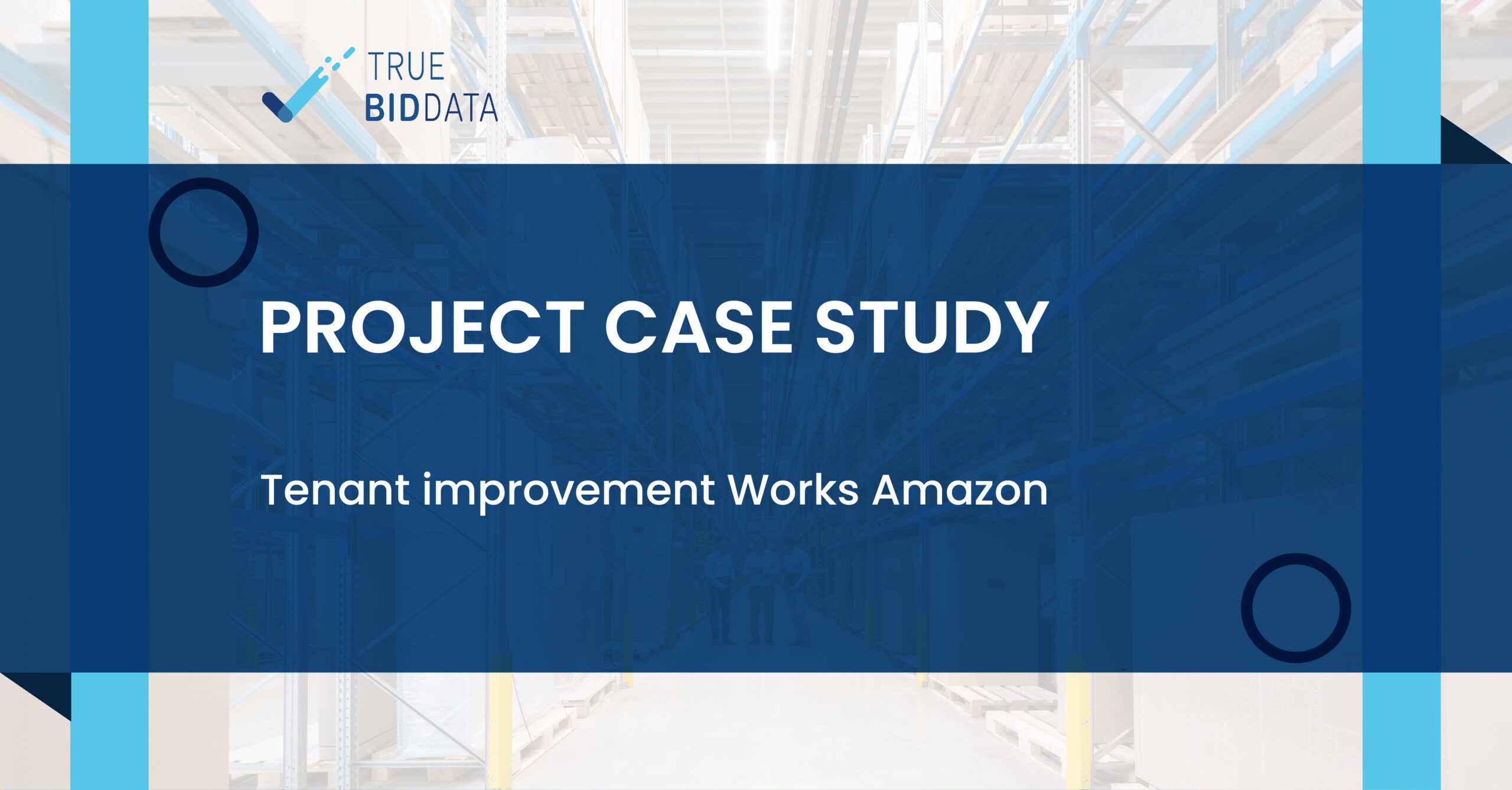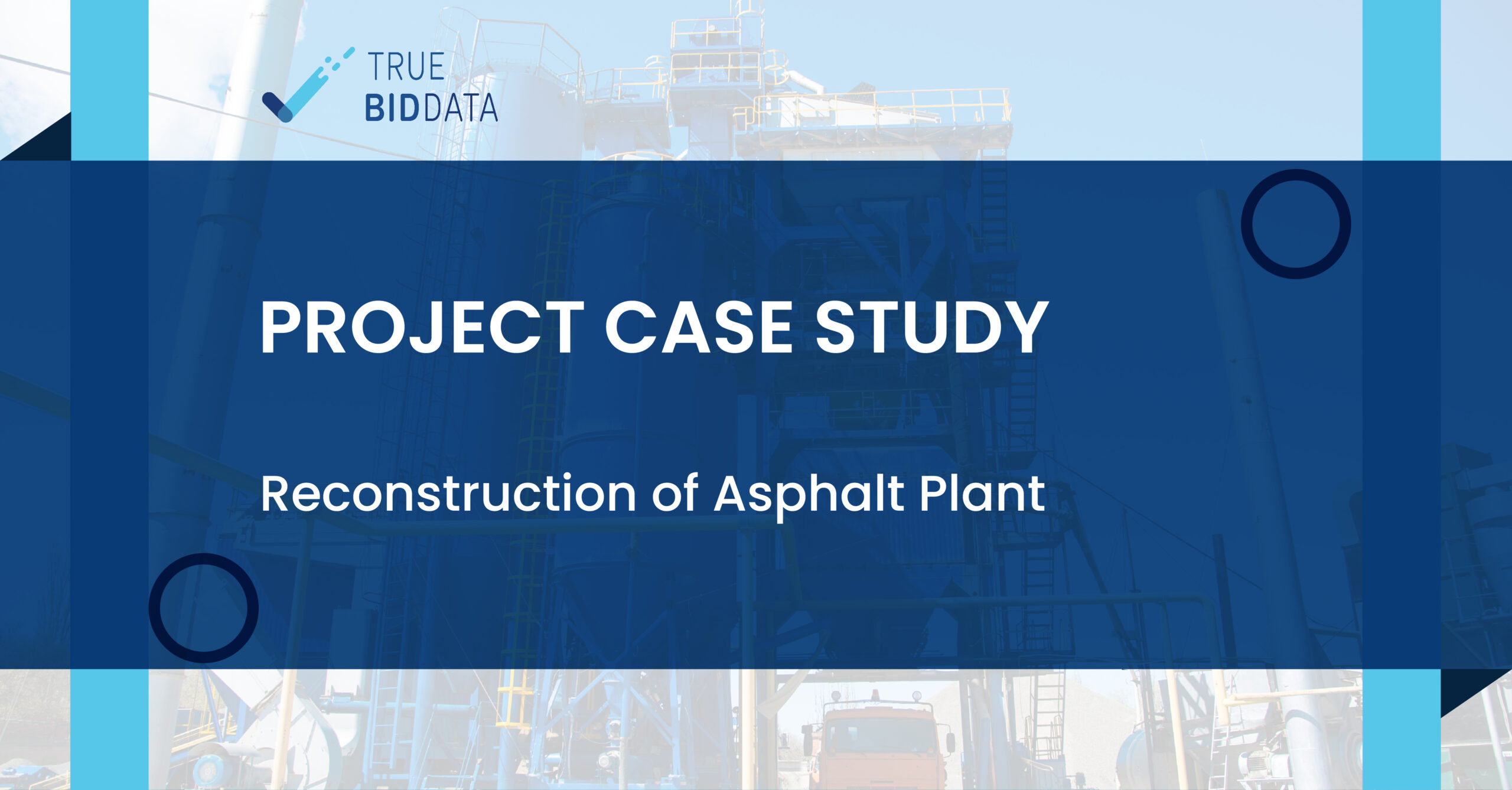
Asbestos remains a critical factor in construction estimation and planning—especially for renovation and demolition projects in New York City, where many buildings pre-date 1980. For cost estimators, project managers, and general contractors, the presence of asbestos significantly influences scope development, takeoff strategy, and overall pricing accuracy.
At True Bid Data, our data-driven estimating tools help quantify the real cost impact of asbestos in early-stage bids and detailed takeoffs.
What Asbestos Means for Cost Estimation
Asbestos is not just a health risk—it’s a regulatory and cost-intensive variable in the project lifecycle. From an estimation perspective, its presence introduces a range of budgetary and logistical implications, including:
- Pre-construction surveys and testing
- Abatement contractor mobilization
- Permit filings and reporting
- Site-specific containment plans
- Delays in sequencing or access
- Disposal and hazmat hauling fees
Failing to account for these early can lead to underbidding, rework, or non-compliance with environmental regulations, especially in New York City, where oversight by the DEP and DOB is stringent.
Integrating Asbestos Considerations into Takeoff Data
When producing digital takeoffs from drawings—particularly for demolition, roofing, HVAC, or interior finish removals—estimators must correlate scope areas with asbestos risk zones. This includes:
- Pipe insulation in basements and boiler rooms
- Floor tiles in older commercial spaces
- Roofing felts and mastics
- Wallboards, plasters, or ceiling finishes
- Joint compounds used pre-1980
Using AI-powered takeoff tools like True Bid Data, users can flag suspect materials, reference previous abatement costs, and assign provisional cost codes during early takeoff development. This avoids last-minute change orders or missed scopes during bidding
Unit Price Impact of Asbestos Abatement
When asbestos is confirmed or assumed to be present, unit pricing models must shift. Here’s how it alters common construction cost logic:
- Demolition: Manual labor replaces mechanical equipment; disposal rates increase by 3–5x.
- Roofing: Tear-off costs include full containment and air quality monitoring.
- Drywall Removal: Hazmat-qualified labor increases hourly wage by 50%+ in NYC.
- MEP Work: Rerouting or delay due to abatement sequencing impacts coordination costs.
True Bid Data’s pricing engine includes adjustable unit costs for asbestos conditions, letting estimators model both best-case and regulated-case budgets.
Labor and Schedule Adjustments
Labor forecasting for asbestos-influenced projects must account for:
- Certified abatement contractors
- Negative air setup and monitoring personnel
- Protective equipment time
- Entry/exit decontamination sequences
- Air clearance waiting periods before reentry
In New York City, many projects require union labor and certified hazmat teams—adding to both hourly rates and minimum shift costs. These factors must be baked into the estimate before bid submission.
Documenting Asbestos Scope in Project Planning
Clear documentation is crucial. Even if asbestos removal is not within the GC’s contract, it influences:
- General conditions
- Construction phasing
- Insurance and bonding
- Permit timelines
Estimators using True Bid Data can generate detailed takeoff breakdowns with optional asbestos-related tags, helping clients and stakeholders visualize the cost implications directly tied to affected scope areas
Asbestos Risk in NYC Bidding
In New York City, asbestos abatement is overseen by multiple authorities:
- NYC Department of Environmental Protection (DEP)
- NYC Department of Buildings (DOB)
- EPA (federal) and OSHA (workplace safety)
This means all bids must reflect regulatory compliance costs—even before site access is granted. Smart estimators use provisional line items in takeoffs and estimates, referencing DOB filings, inspection records, and project age assumptions.
How True Bid Data Supports Asbestos-Impacted Projects
Our platform supports cost estimators working on complex renovation, retrofit, or demolition projects by offering:
- PDF plan takeoff tools with asbestos tagging
- Cost libraries with hazmat-adjusted unit rates
- Provisional cost modeling for uncertain abatement zones
- Schedule impact simulation due to abatement delays
- Report templates for transparent communication to stakeholders
Whether you’re bidding on a healthcare facility retrofit in Queens or a commercial office teardown in Midtown Manhattan, asbestos must be accounted for from the first takeoff draft.
Plan Ahead for Asbestos with True Bid Data
Asbestos isn’t just a technical issue—it’s a cost and compliance driver in construction projects across the USA, especially in dense urban areas like New York City. With TrueBidData, estimators can stay ahead of risk by integrating asbestos considerations directly into the takeoff and estimation process.
Visit True Bid Data to streamline asbestos-aware estimating and enhance your bid accuracy from day one.




